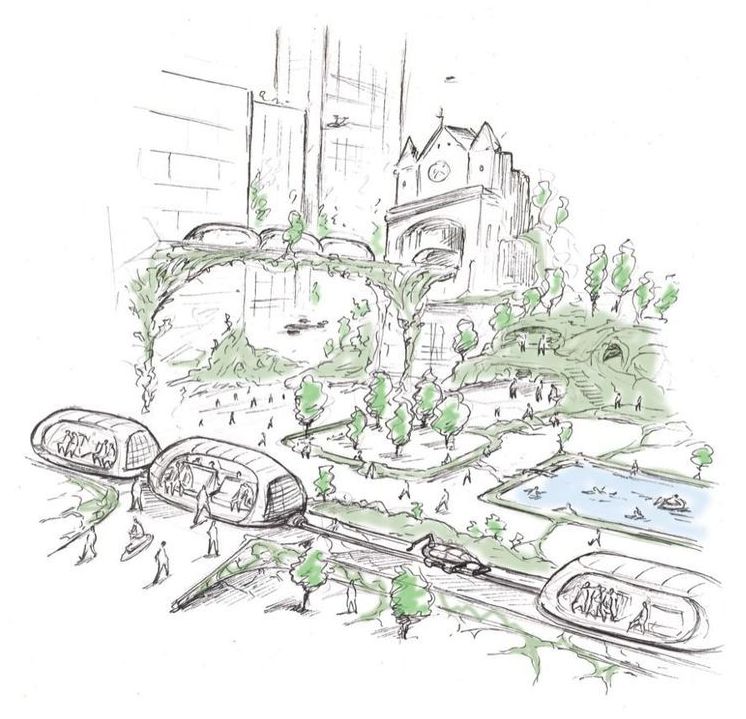Introduction: In recent years a futurist aesthetic movement has emerged in response to renewed public concern for the environment and a seeming lack of reflection of that concern in much contemporary art and design. Deriving its name from similar aesthetic movements such as Cyberpunk and Steampunk, its roots lay in various eco/climate science fiction and Post-Industrial futurist literature and is considered ‘punk’ in the sense that it is reactionary, and in opposition, to both the naive corporate utopianism that dominated the 20th century and the dystopianism that emerged in its wake by the end of that century, persisting to the present. We now live in an era where pragmatism is a radical stance. Thus Solarpunk seeks to cultivate a positive, hopeful, vision of a future rooted in technologies and culture of sustainability, yet in the context of what it acknowledges will be dramatic changes in our way of life due to Global Warming and the environmental malfeasance of the past, the transition to a renewables-based infrastructure, and the collapse of Industrial Age paradigms. A culture that has weathered the dramatic disruptions coming with the end of the Industrial Age, taken its sometimes bitter lessons from that, and found a way forward.
What makes Solarpunk ‘punk’ is an underlying activist/revolutionary narrative it shares with the earlier punk movements tracing its origins to the narrative of one of Science Fiction’s earliest ‘antiheroes’; Captain Nemo of Jules Verne’s 20,000 Leagues Under The Sea. Long mischaracterized in film, the original character of Nemo is an Indian victim of European colonialism who is radicalized by the murder of his family by colonialists. He then appropriates and improves upon the technology of the colonialist powers not just to fight against them but to create a model egalitarian society of the future in the secret haven of the underwater underworld, beyond the reach of those colonial powers. Thus he becomes the prototype tech-hero, turning the oppressors/dominators technology against them and repurposing it for the benefit of the rest of society.










Comments are closed.